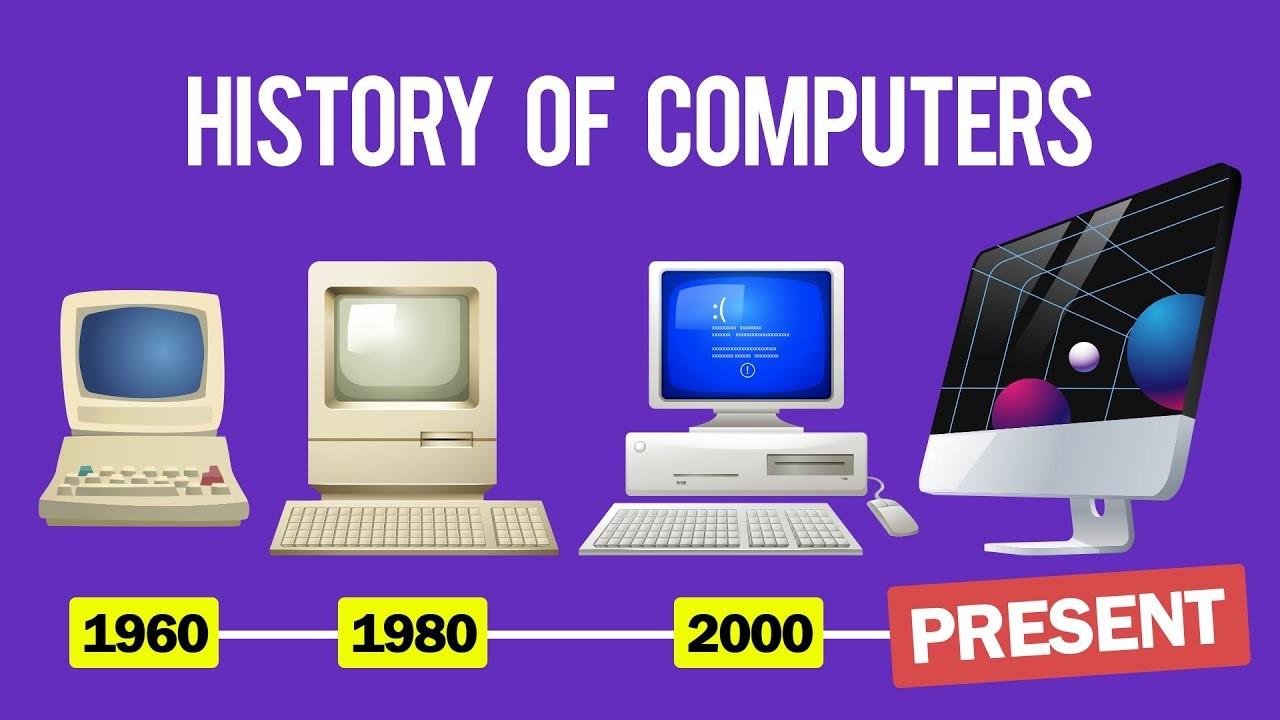


The first mechanical computer, The Babbage Difference Engine, was designed by Charles Babbage in 1822. The ABC was the basis for the modern computer we all use today. The ABC weighed over 700 pounds and used vacuum tubes. It had a rotating drum, a little bigger than a paint can, that had small capacitors on it.

The first modern computer was created in the 1930s and was called the Z1, which was followed by large machinery that took up entire rooms. In the '60s, computers evolved from professional use to personal use, as the first personal computer was introduced to the public.
The Z1 was a motor-driven mechanical computer designed by Konrad zuse from 1936 to 1937, which he built in his parents' home from 1936 to 1938.It was a binary electrically driven mechanical calculator with limited programmability, reading instructions from punched celluloid film.

computers have evolved and advanced significantly over the decades since they originated. Many years ago, in their most rudimentary form, computers were very large and slow. Gradually, computers have become smaller and faster, enabling people to use them virtually anywhere.

A mainframe computer, informally called a mainframe or big iron,[1] is a computer used primarily by large organizations for critical applications like bulk data processing for tasks such as censuses, industry and consumer statistics, enterprise resource planning, and large-scale transaction processing. A mainframe computer is large but not as large as a supercomputer and has more processing power than some other classes of computers, such as minicomputers, servers, workstations, and personal computers. Most large-scale computer-system architectures were established in the 1960s, but they continue to evolve. Mainframe computers are often used as servers.

minicomputer, computer that was smaller, less expensive, and less powerful than a mainframe or supercomputer but more expensive and more powerful than a personal computer. Minicomputers were used for scientific and engineering computations, business transaction processing, file handling, and database management.

workstation, a high-performance computer system that is basically designed for a single user and has advanced graphics capabilities, large storage capacity, and a powerful central processing unit. A workstation is more capable than a personal computer (PC) but is less advanced than a server (which can manage a large network of peripheral PCs or workstations and handle immense dataprocessing and reporting tasks). The term workstation was also sometimes ascribed to dumb terminals (i.e., those without any processing capacity) that were connected to mainframe computers.


